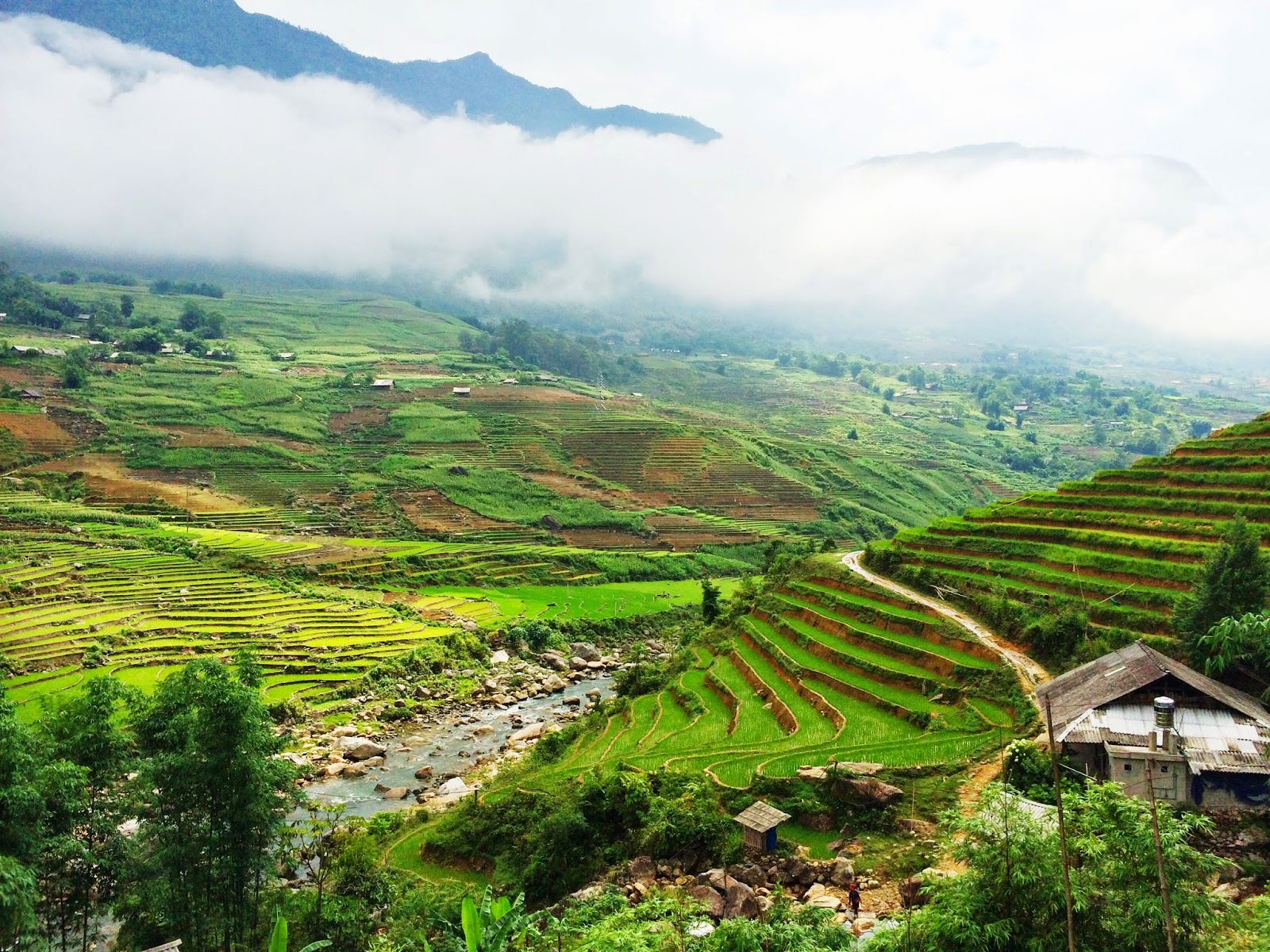Cambodia

We've just finished up 3 days in Siem Reap visiting the temples of
Angkor Wat, Angkor Thom, and a number of other temples that I honestly can't
remember the names of(not that they weren't awesome, there were just so many
temples with such similar names!).
Our first night however, Sammar found a fun event for us to go to
that was much more modern than the ancient temples. Phare is Cambodia's version
of Cirque du Soleil. On top of the crazy acrobatics and great humor that we
enjoyed at the show, we were happy to contribute to a worthy cause. Phare was
started by a non-profit organization that provides free training in the arts to
Cambodian children and gives them an opportunity to express their passions and
fears through this medium. On top of this, the show is comprised entirely of
local talents that have found a way to earn money doing something that they
love and are bringing their families out of poverty. They performed many
impressive stunts, but my personal favorite was when one of the men balanced a top
a board that was sitting a top not one, not two, but five free standing metal cylinders. I've tried to do it on one before and it was difficult, but what he did was
nothing short of amazing!
For the temples, we had an awesome tour guide, Sophat, who shared
with us many stories of the long history of Cambodia, the Khmer Rouge, and his
personal experiences growing up in the country.
Before I get into the rest of
our activities though, I must recognize some the history of Cambodia that
Sammar and I did not have a great grasp of before we arrived. Many people don't
realize that while the Vietnamese first struggled to rid themselves of the
French, then the Japanese, then the French again and later the United States,
Cambodia was also battling for their own independence. After initially gaining
it's independence from France in 1953, they struggled for years and eventually
were caught up in the Vietnam war as well when the U.S. conducted a 14 month
long bombing raid to destroy North Vietnamese strongholds just over the
Cambodian boarder. Political turmoil later followed and eventually the Khmer
Rouge (Red Khmers, or communists) overthrew the government in 1975 and in 4
years of ruling, massacred near 25% of Cambodia's population. As if this fact
isn't staggering enough, it is believed that 85% of the country's doctors and
teachers were killed by the regime in an effort to rid the country of any
intelligent challengers to the Khmer Rouge's rule. Fortunately the government
was overthrown in only 4 years, however beyond 25% of the population being
killed, the country continues to be affected by the millions of land mines that
were planted in unknown locations throughout the country. A land-mine museum in
Siem Reap features over 10,000 mines that have been deactivated, however this
pales in comparison to the number that still remain. Our tour guide was taught
as a young boy how to recognize traps where these mines might be hidden so that
he could avoid them around his village while he played. Today, Cambodia is
still has the 3rd most land mines planted of any country, only behind
Afghanistan and Cuba.
Now on to happier times! The temples of Cambodia are a site to
see. Our first visit was to Angkor Wat, the most famous of all the temples (it
even is on the Cambodian flag), except it wasn't exactly what I had expected.
I'm embarassed to say that I thought Angkor Wat was the temple that had giant
trees whose roots had overtaken the building forming a harmonious combination
of man and nature. Needless to say, I was wrong, that was another temple
altogether, but fortunately it was also in Cambodia! We enjoyed traveling
around for two days with Sophat learning about god's like Shiva, Krishna,
Brahma and seeing temples built in the 10th, 11th and 12th centuries in
Cambodia. Back in that time, Cambodia was apparently one of the most populous
areas of the world. Sophat told us that between the 10th and 13th centuries
there were over a million people in the Angkor area compared with only 50,000
people in Rome. I have no idea if this is right, but it sounded
impressive!
On the second day, we visited a floating village on the lake. You
may remember that we visited a floating village in Halong Bay and were amazed
that people were able to live on houses that literally floated on the water,
well Cambodia took floating villages to an entirely new level. Instead of the
40-50 houses that we saw in Vietnam, this village had over 50,000 people living
in it. There were churches, stores, restaurants, and even schools floating in
the middle of this lake and we learned that depending upon the time of the
year, homeowners would simply pick up their anchor and float or tow the house
with their boat up to 10km away from the location that we saw them in! Needless
to say this was a pretty cool thing to see and the breeze along the lake felt
incredible compared to our bodies drenched in sweat at the temples.
Anyways, all things said, we enjoyed the temples and if we did it
all over again, we probably would have also travelled to Phnom Phen and to some
of the rural countryside to get a better sense of the culture of Cambodia
outside of Siem Reap. Guess we’ll have to see those on Round the World Trip II!
2 countries down, 12 to go! Now on to Thailand!












Comments
Post a Comment